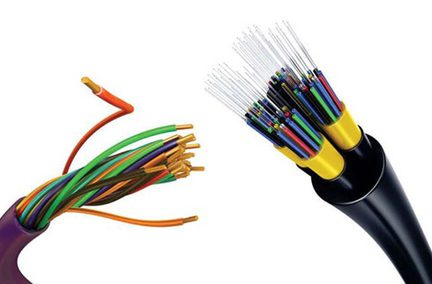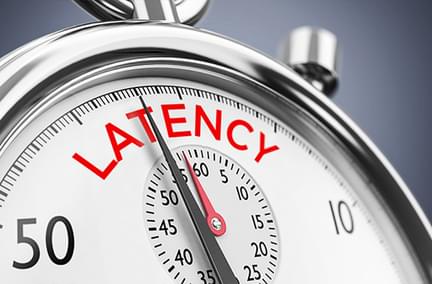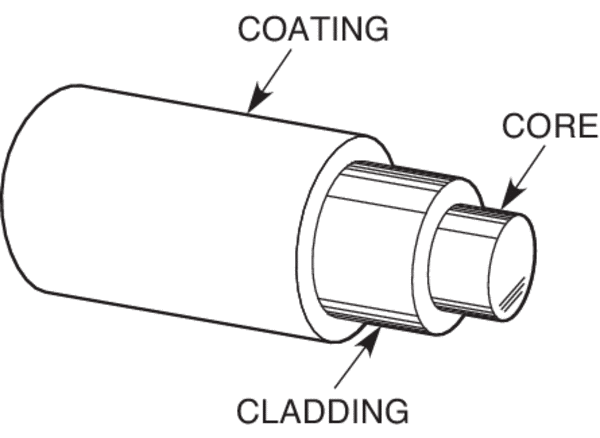What is Fiber Optic Internet?
Oct 12, 2022 | Home Technology
There are four basic ways to get the internet into your home: cable, DSL, over-the-air (satellite and cell phone providers), and fiber optics. Each has its plusses and minuses. However, of all four, the fastest by far is fiber optics. Why is that? To answer that question, let’s look at how fiber optics started and how it became the fastest internet delivery system on the planet.
Discovered almost by mistake
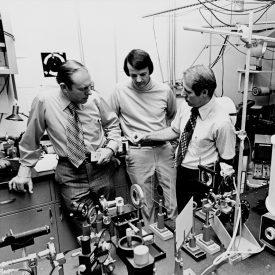
Necessity may be the mother of invention, but sometimes the greatest breakthroughs happen completely by accident. Such was the case with fiber optic data transmission. One day way back in 1970, three engineers at the Corning Research Park in upstate New York started experimenting with new ways to formulate glass compounds and wondered if they could figure out a method to make it carry information over long distances. Thanks to Dr. C.K. Kao’s 1964 work, they knew light could carry data via glass, but how far could the light and data be contained inside a strand? And how could they minimize the signal loss? As it turned out, researchers Robert Maurer, Donald Keck, and Peter Schultz were onto something. What they invented was called "low loss fiber optics," a glass fiber so pure that it maintained almost all of the signal over many miles.
The trifecta of transmission
So how does it work? What was the winning formula for sending data down a strand of glass? According to the patent application, the team's new Optical Waveguide Fibers could carry up to 65,000 times more information than copper wire over much greater distances. The new fused silica compound became the standard for fiber optic glass that is still used today, over 50 years later. These three brilliant scientists landed on a three-piece system consisting of two glass layers -- one purer than the other to keep the signal inside -- and a thin layer of rubber.
Core
At the heart of the fiber is a single strand of glass so pure that the signal travels through it just shy of light speed. Contrary to popular belief, the core is not a hollow tube. Instead, it is a solid piece of ultra-pure glass that carries the light for hundreds of miles without needing a boost.
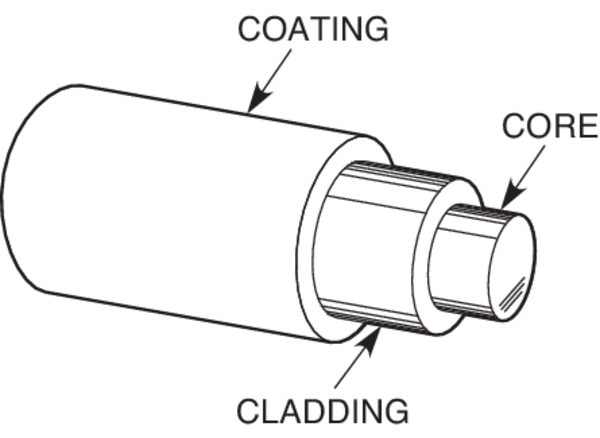
Cladding
Because the core glass is so pure, important data-carrying light could escape if not contained by another substance. That’s where the cladding comes in: to keep the light inside the core. This second layer of glass is dirty enough that the light signal bounces off it without leaking out of the core. These two layers are enough to contain the light and send the signal down the strand. But the final step is to add…
Coating
Unlike copper wire, which uses a rubber sleeve on the outside to prevent the electricity from getting out and protect people from getting shocked, fiber optic strands do not need an outside layer to work correctly or safely. However, to protect the glass from scratching and to help technicians trace where the fiber is connected, each fiber is coated with a thin, colored layer of rubber. The glass strand is strong enough to stand alone without a coating, but the outside dressing makes working with the fibers easier.
Deploying fiber internet
A fiber internet network starts many miles away at a junction box called a cabinet connected to a much longer fiber run that can come from a far distance, sometimes another town. From the cabinet, mainline fiber ribbons in stacks of 12 strands per ribbon are run into your neighborhood. These ribbons and fibers are housed inside flexible armored cables to protect them from weather and from getting crushed by equipment and vehicles.
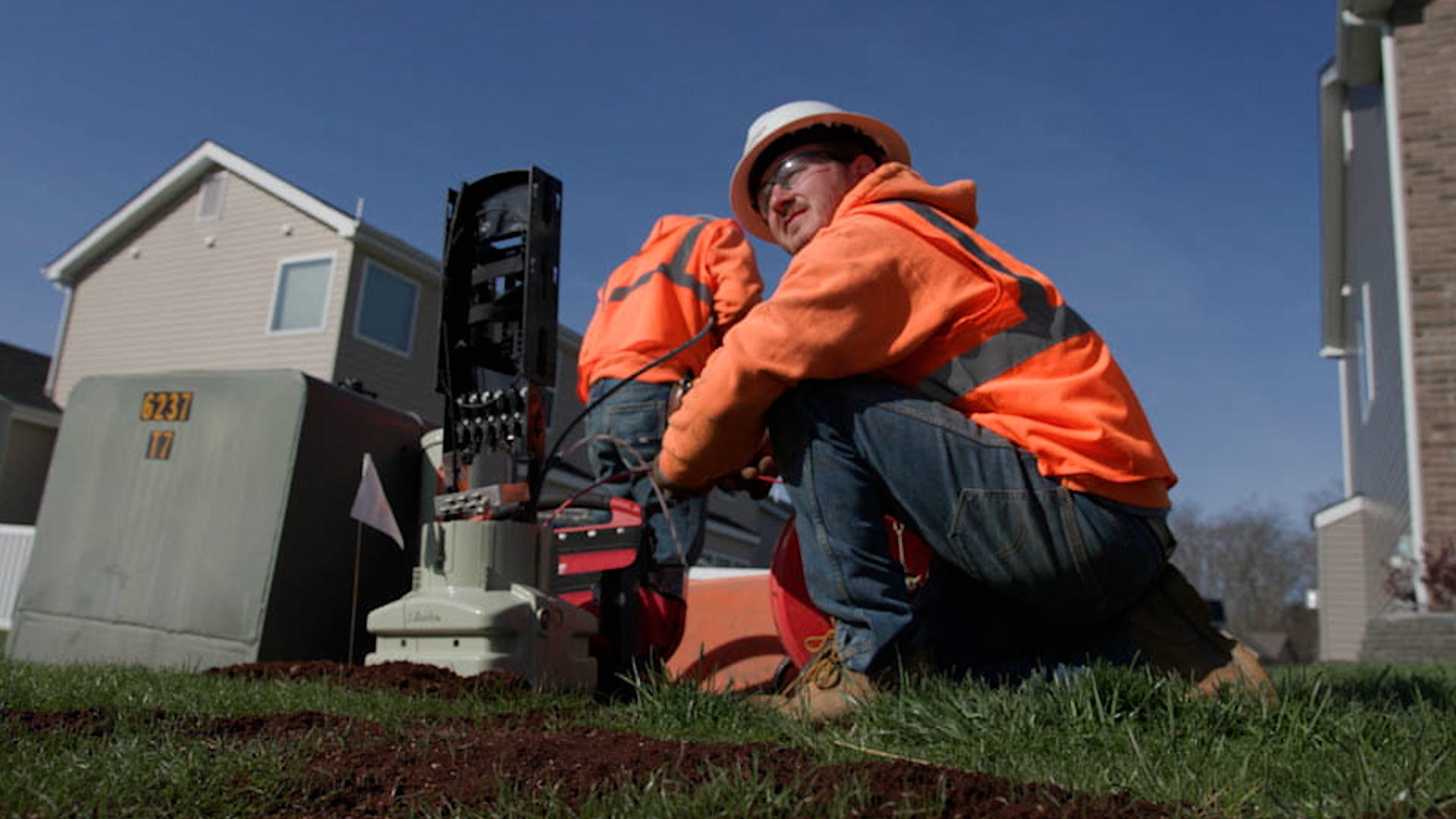
Like cable and DSL, the last leg of installing fiber internet is to run it from the mainline into your home either by aerial deployment on utility poles or buried in the ground in areas without poles. Your home only requires one fiber for everything, so we separate one and deploy it in its own armored housing to connect the service to your house.
Finally, it is connected inside via a modem/router, where the signal gets distributed throughout your home via Wi-Fi.
Advantages of fiber
In addition to the superior speed, fiber internet offers many other advantages over older technologies, such as DSL, copper cable, or satellite.
Symmetrical upload and download speeds reduce lag, ping, and other factors affecting your online experience quality.
Stronger signal over distance means that over 25 miles, you still get 97% of the signal strength coming to your home. For comparison, copper cables can only carry about 10% of their signal that same distance without a booster. Each time a signal is boosted, it degrades slightly.
Clearer signal because traditional interference sources such as radios, power lines, and other electronic devices don’t affect fiber optics.
Fiber is far more scalable and can keep up as demand increases. We have not yet begun to tap into fiber's full potential for transmitting data.
Your home gets all the bandwidth because you have a dedicated fiber just for you—no more sharing bandwidth with the neighbors.
Fiber is the future
Just as the horse and buggy were eclipsed by the automobile, and the Wright Flyer (though innovative for its time) is now on display in the Smithsonian, so also copper cable, DSL, and satellite internet are no longer cutting-edge technology. Instead, fiber optics has already established itself as the present and future best internet delivery system.
- Fiber internet
- fiber optics
- high speed internet
- corning
- dsl
- cable
- satellite internet

